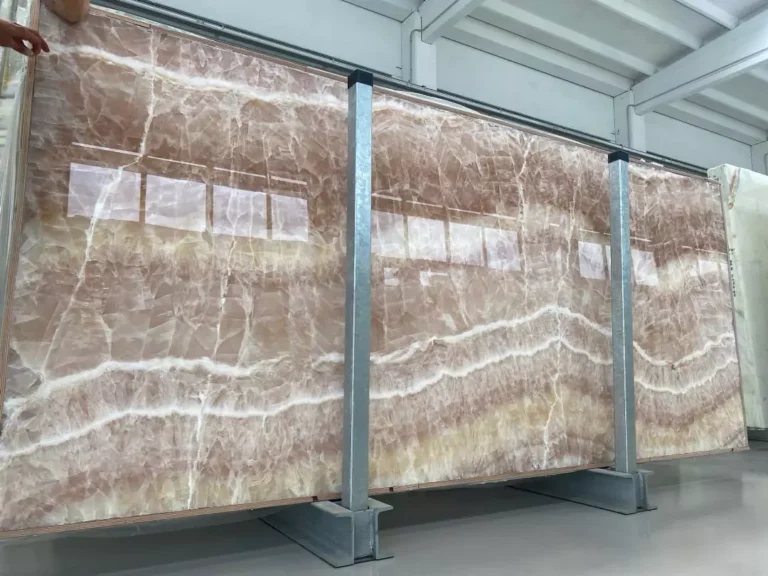Which is best marble stone
When selecting the best marble stone for your home or project, it’s important to understand the various types available and how their characteristics align with your aesthetic preferences and practical needs. Marble is a metamorphic rock formed under the earth’s surface through the transformation of limestone, comprising primarily of recrystallized carbonate minerals such as calcite or dolomite. Its beauty, elegance, and versatility make it a popular choice for countertops, flooring, and other architectural features. However, the best marble for one project may not be the ideal choice for another, due to differences in color, veining, and durability. Here’s a breakdown of some of the most renowned marble types to help you decide which is best for your specific requirements.
Carrara Marble
Originating from Carrara, Italy, Carrara marble is perhaps the most common type of marble used worldwide. Known for its soft white or blue-grey background with fine, feathery veining, Carrara marble offers a subtle elegance that is perfect for bathrooms and fireplaces. It’s also among the most affordable marble options, making it a popular choice for those looking to achieve the luxury of marble without a hefty price tag.
Calacatta Marble
Also hailing from Italy, Calacatta marble is often confused with Carrara marble due to their similar appearance. However, Calacatta marble features a whiter background and thicker, more dramatic veining that ranges from gold to brown, adding a touch of luxury and sophistication. This type of marble is typically more expensive than Carrara and is often used in statement pieces or as a focal point in rooms.
Statuario Marble
Statuario marble is another luxurious Italian marble, prized for its exceptional whiteness and dramatic veining, which can range from gold to gray. It’s rarer than both Carrara and Calacatta marble, making it a more exclusive and expensive option. Statuario marble is ideal for special applications where you want to make a bold statement, such as in grand entryways or as a kitchen countertop.
Crema Marfil
Sourced from Spain, Crema Marfil marble is renowned for its warm, creamy beige background with subtle veining. Its neutral tone and durability make it a versatile choice that can complement a wide range of interior design styles. Crema Marfil is often used for flooring, wall cladding, and bathroom vanities.
Emperador Marble
Emperador marble, which also comes from Spain, stands out with its rich brown color and white or beige veining. There are two main types: Light Emperador and Dark Emperador. This marble adds warmth and depth to any space and is often used for countertops, floors, and walls.
Conclusion
The “best” marble stone depends on the specific requirements of your project, including aesthetic preferences, intended use, and budget. While Carrara marble offers a classic, subtle beauty at a more affordable price, Calacatta and Statuario marbles provide striking veining and luxurious appeal for statement pieces. On the other hand, Crema Marfil and Emperador marbles offer warmth and versatility with their unique colors and veining patterns.
Before making a decision, consider visiting a marble supplier to view samples in person, as pictures may not fully capture the stone’s true color and pattern. Additionally, consider the marble’s durability, maintenance requirements, and how it complements the overall design of your space. With careful selection, the right marble can add timeless elegance and beauty to any project.
